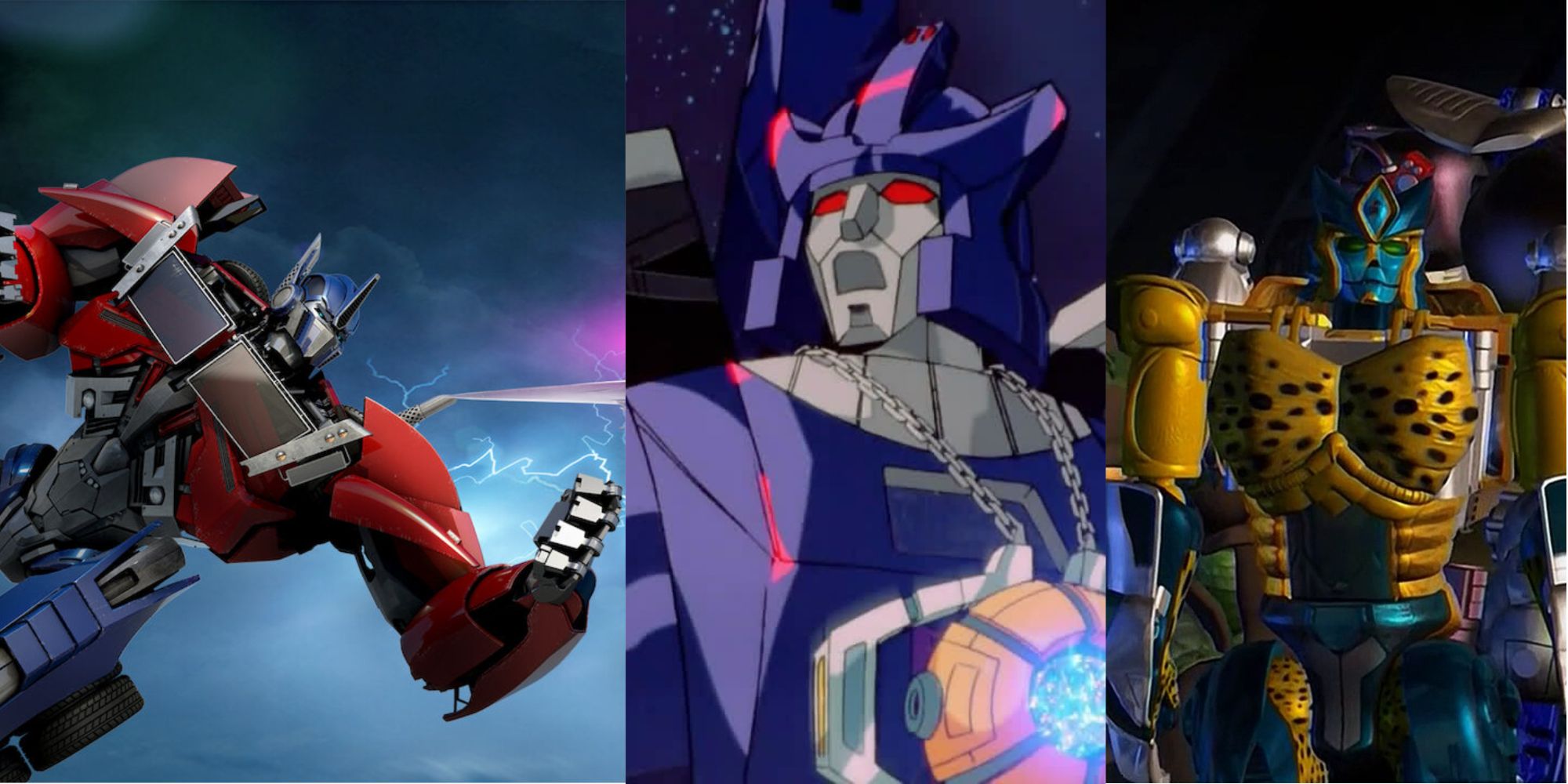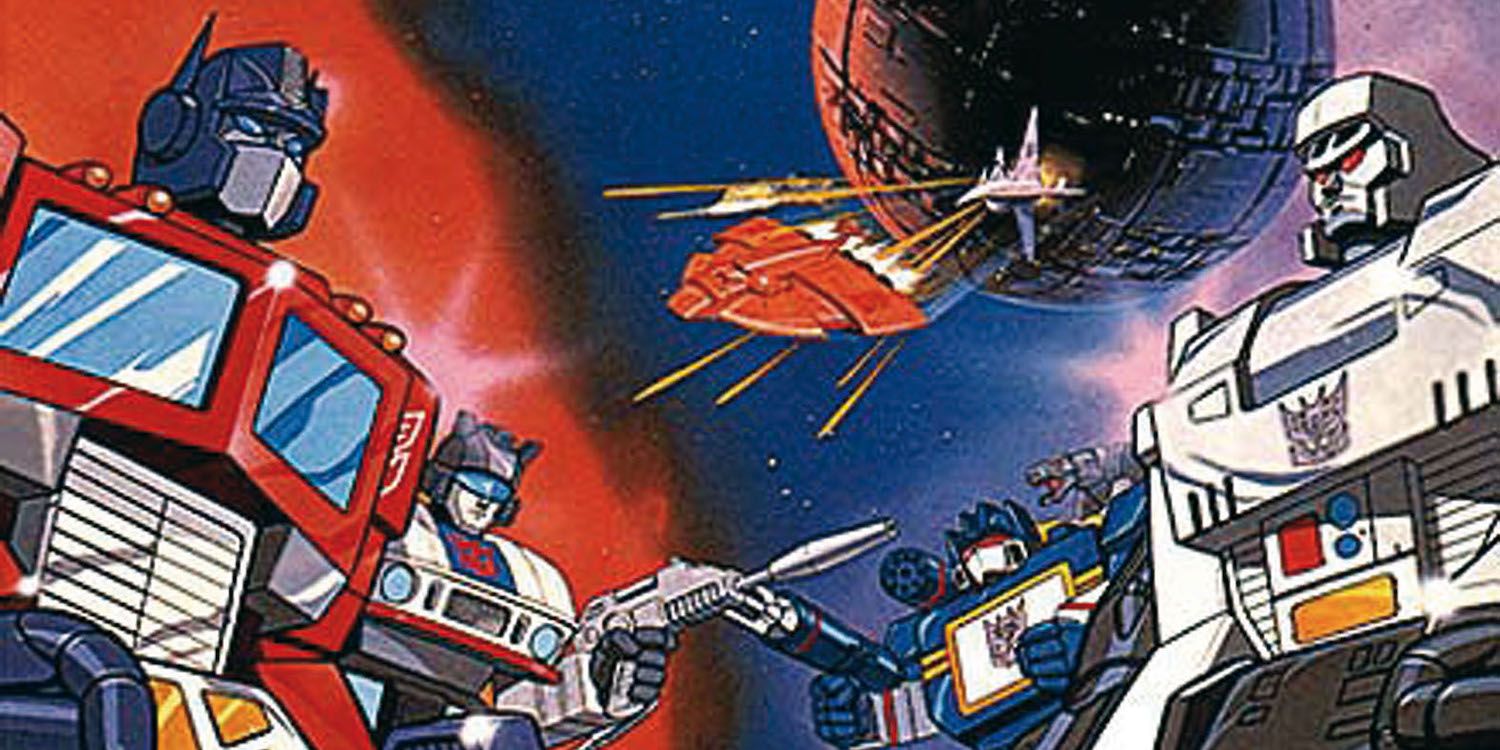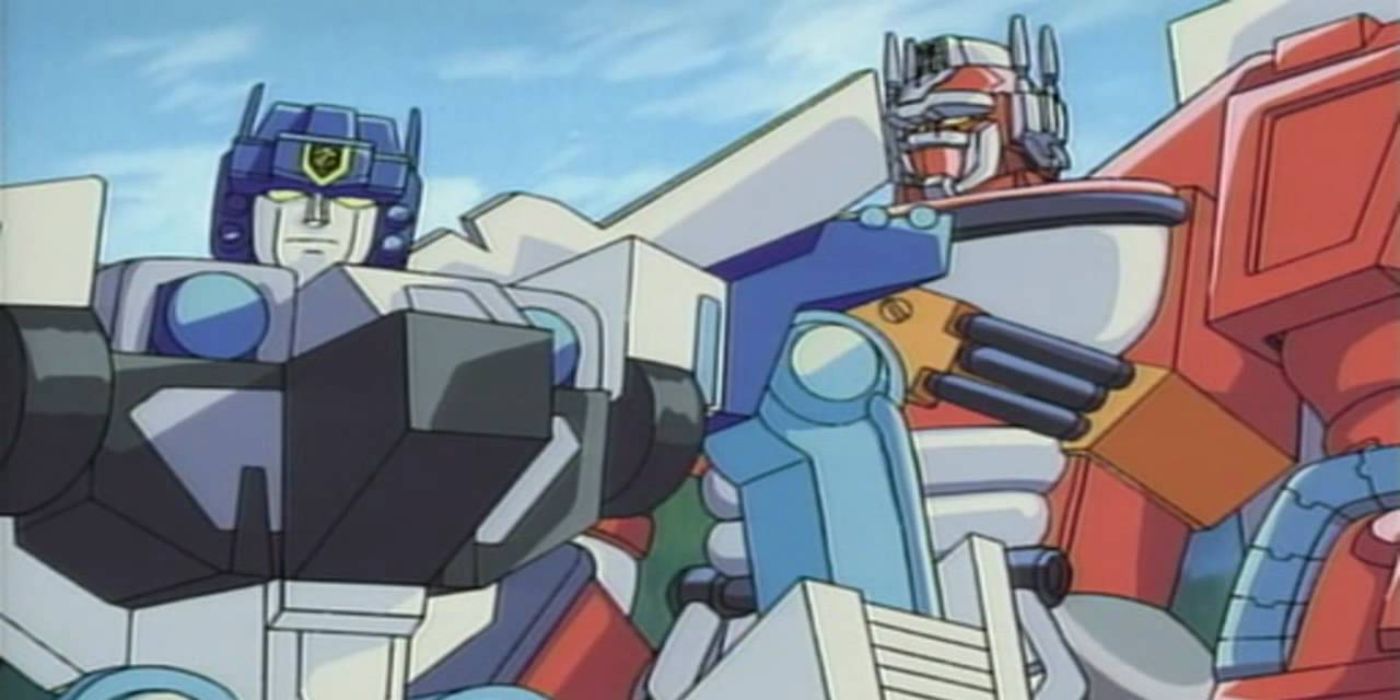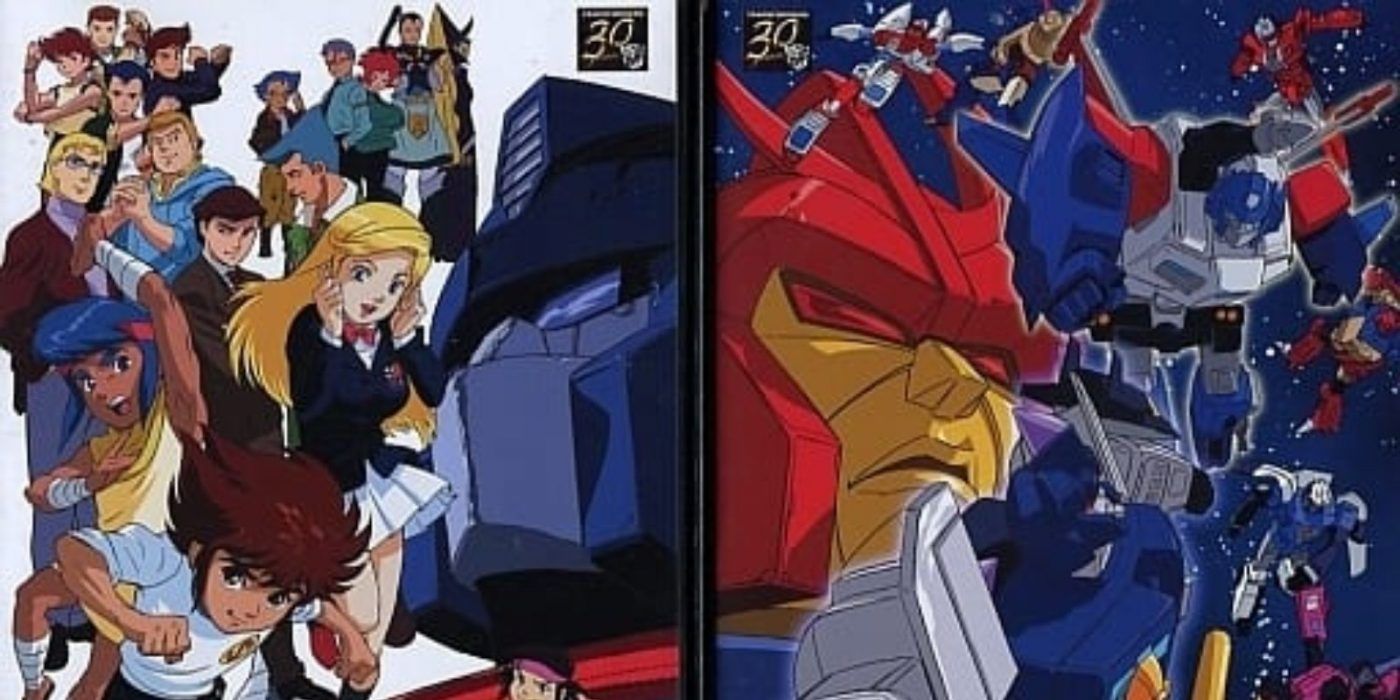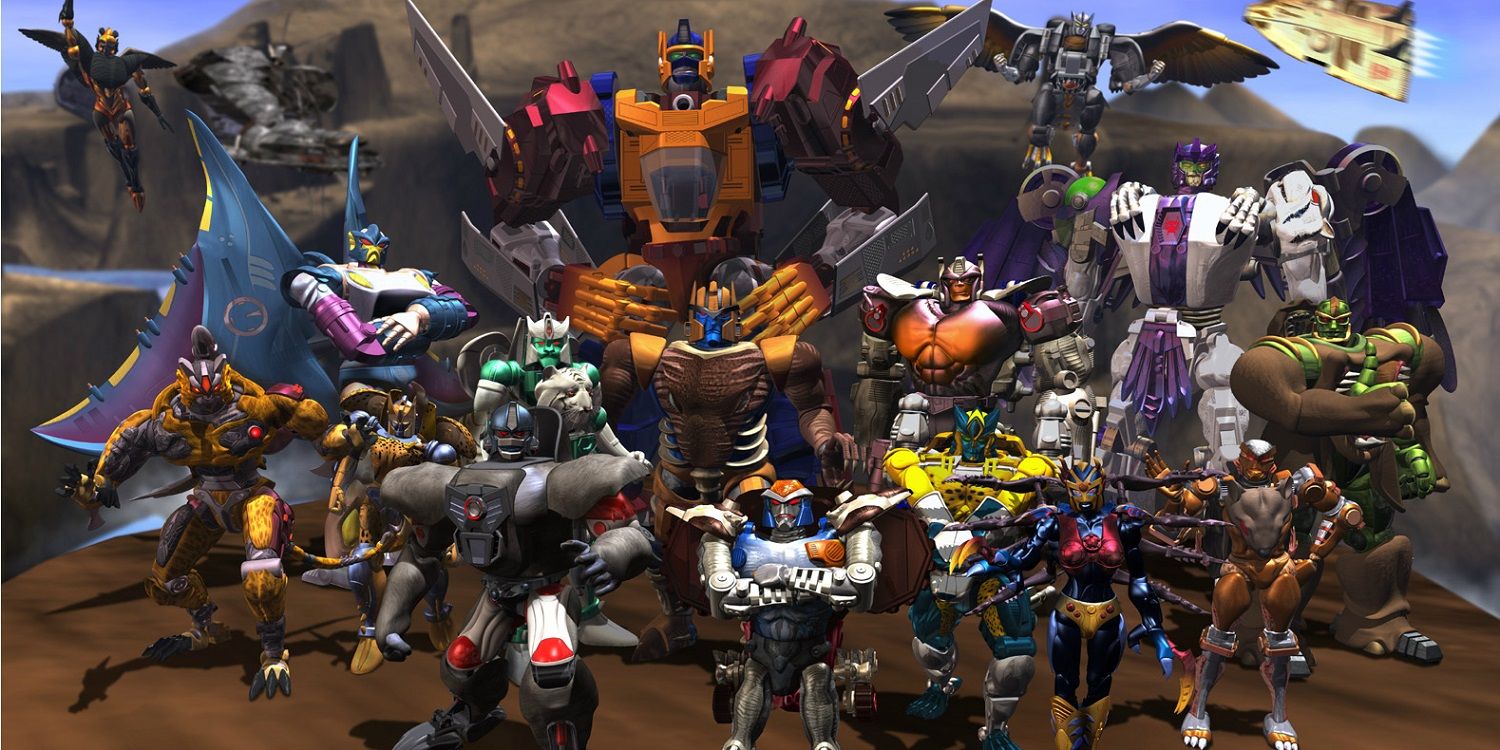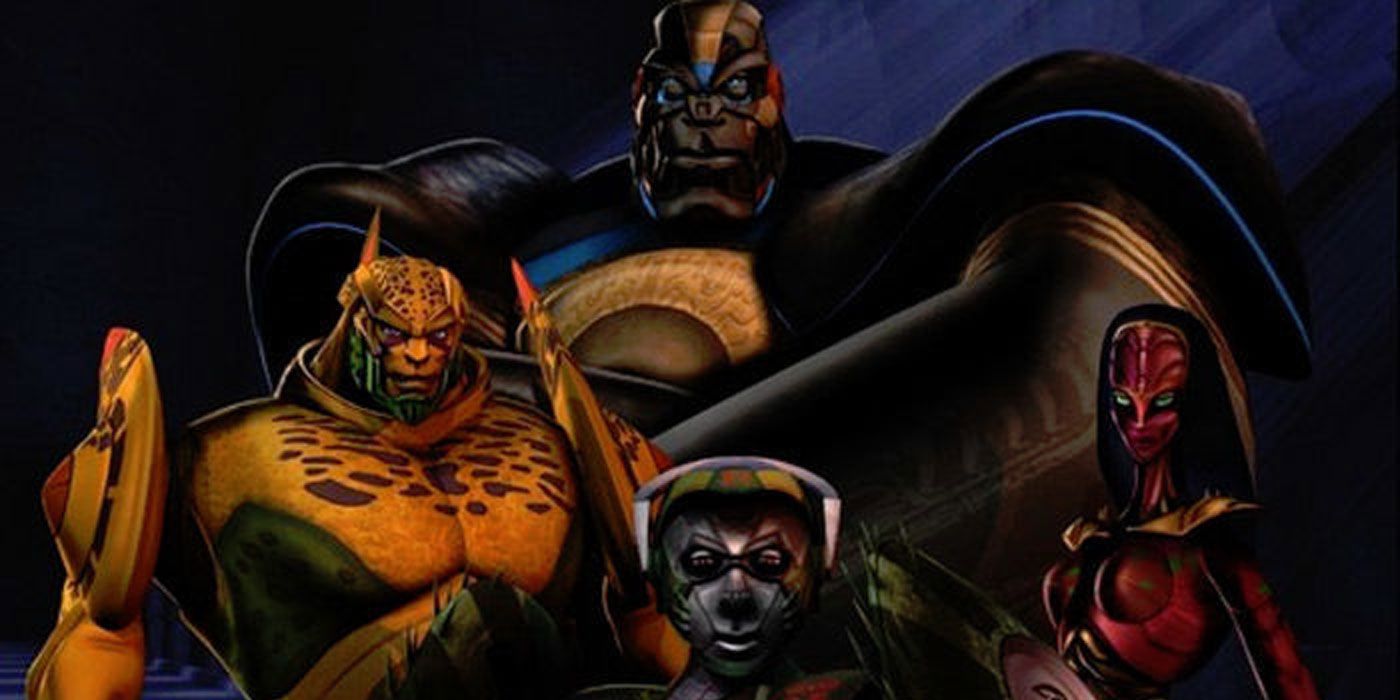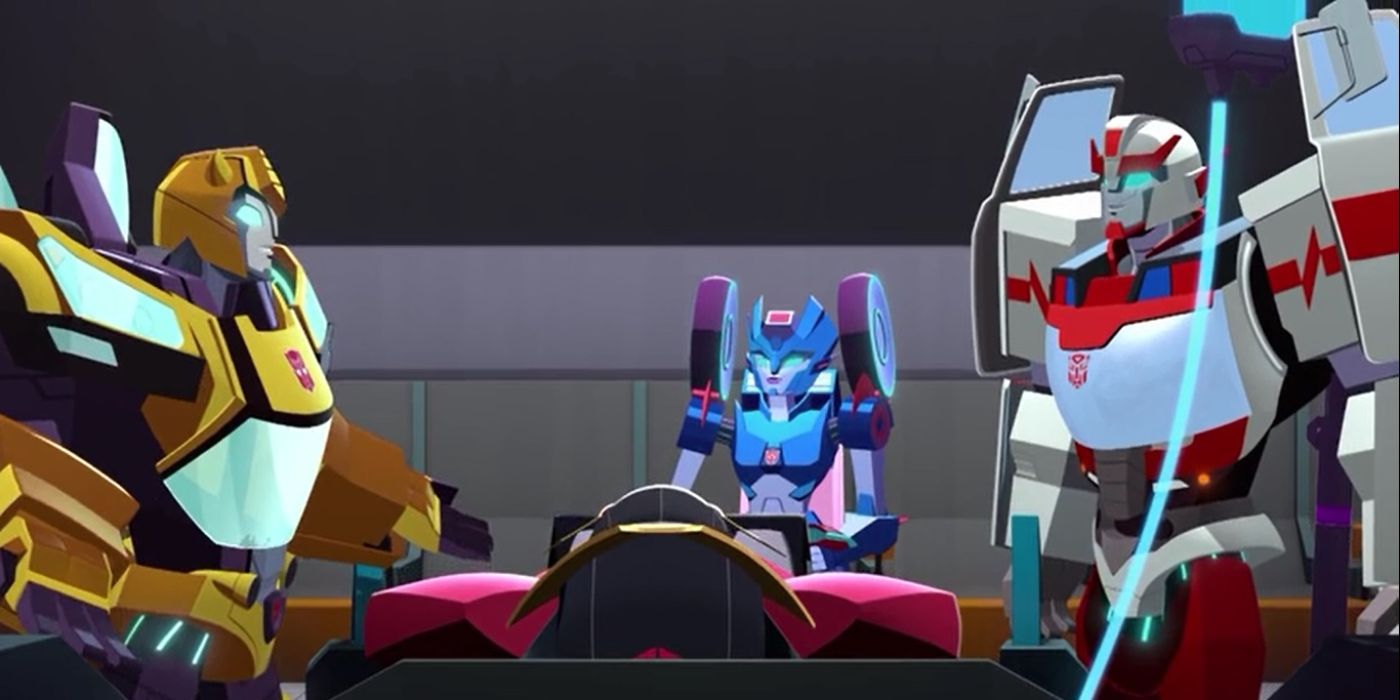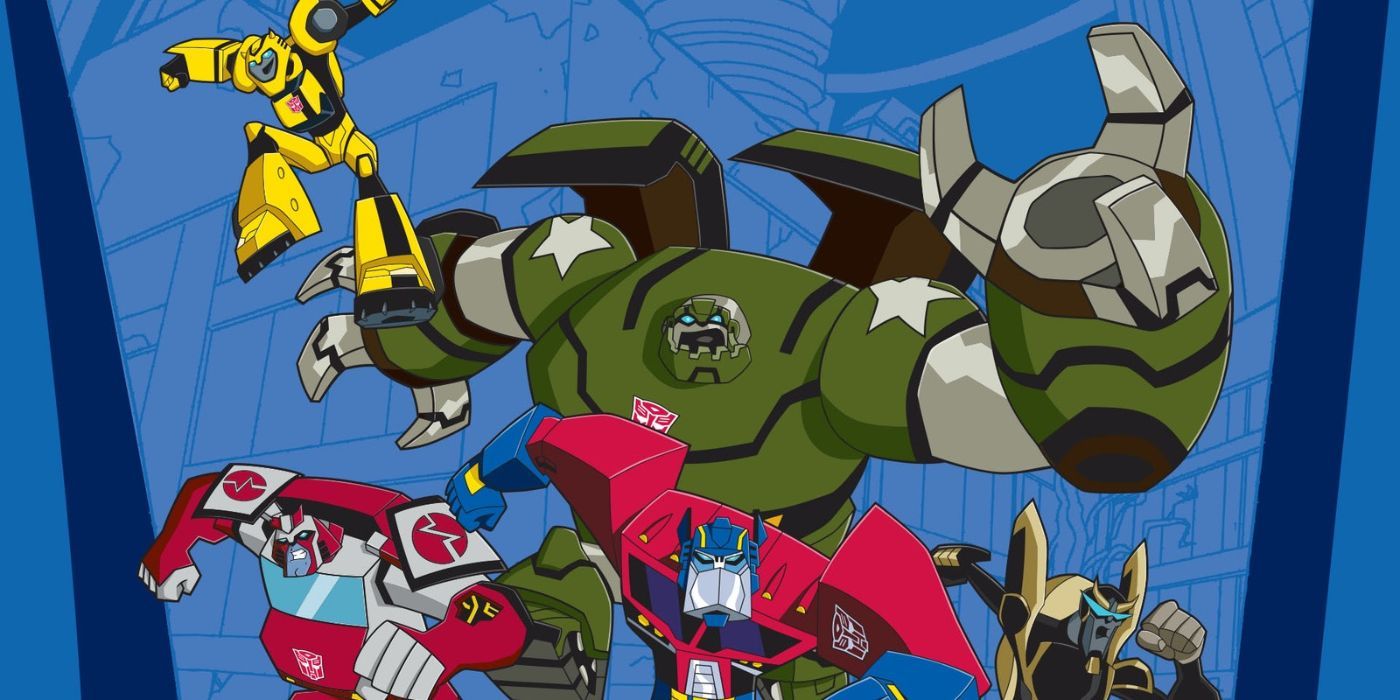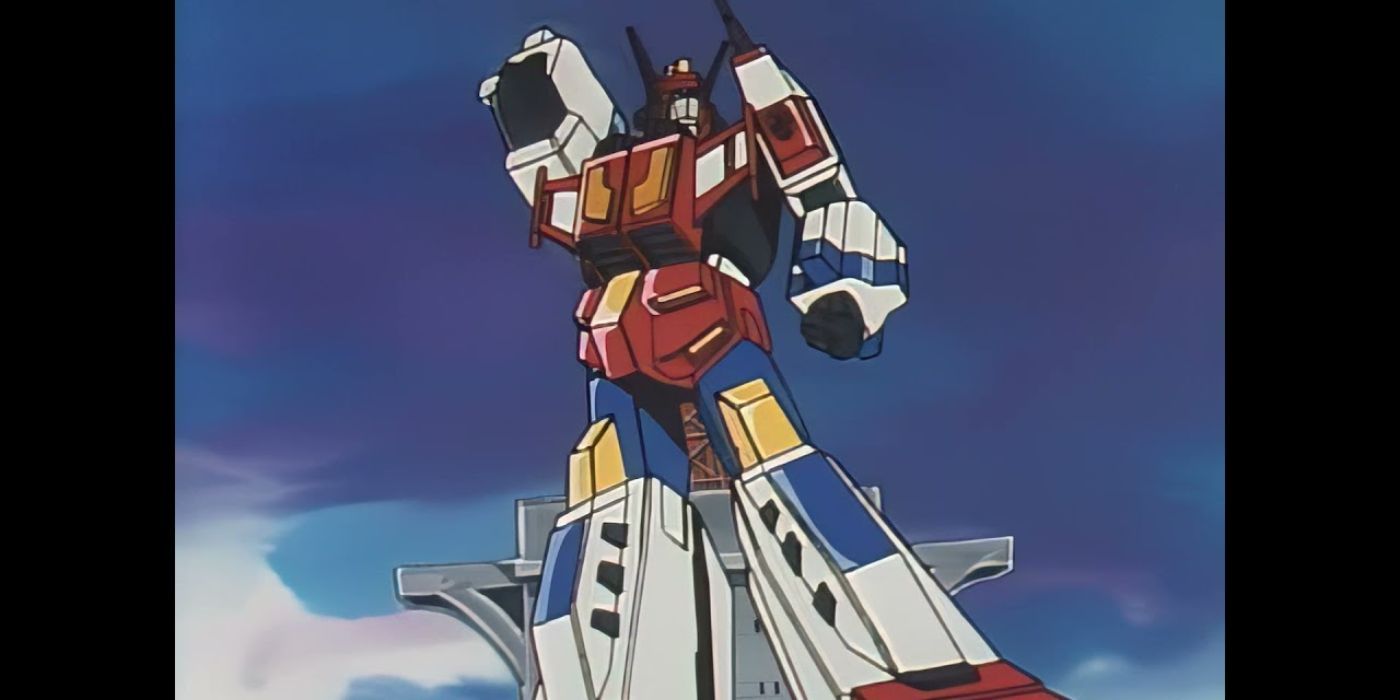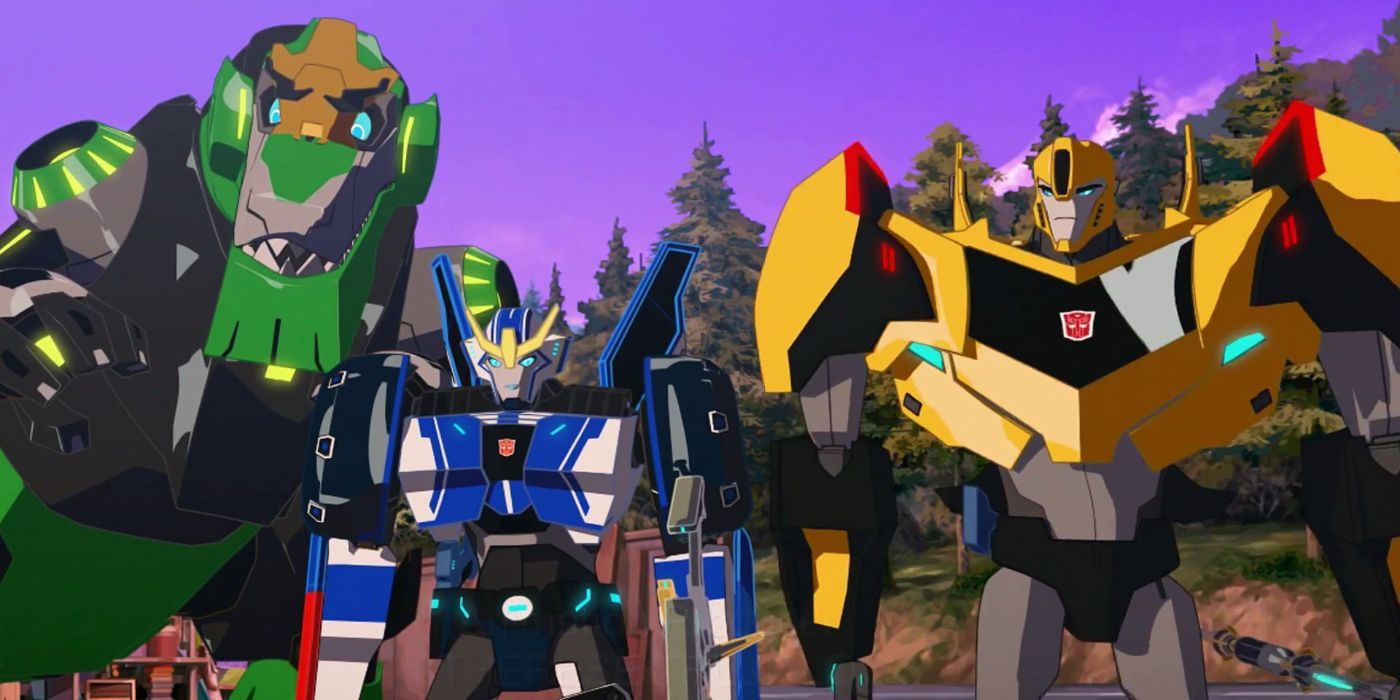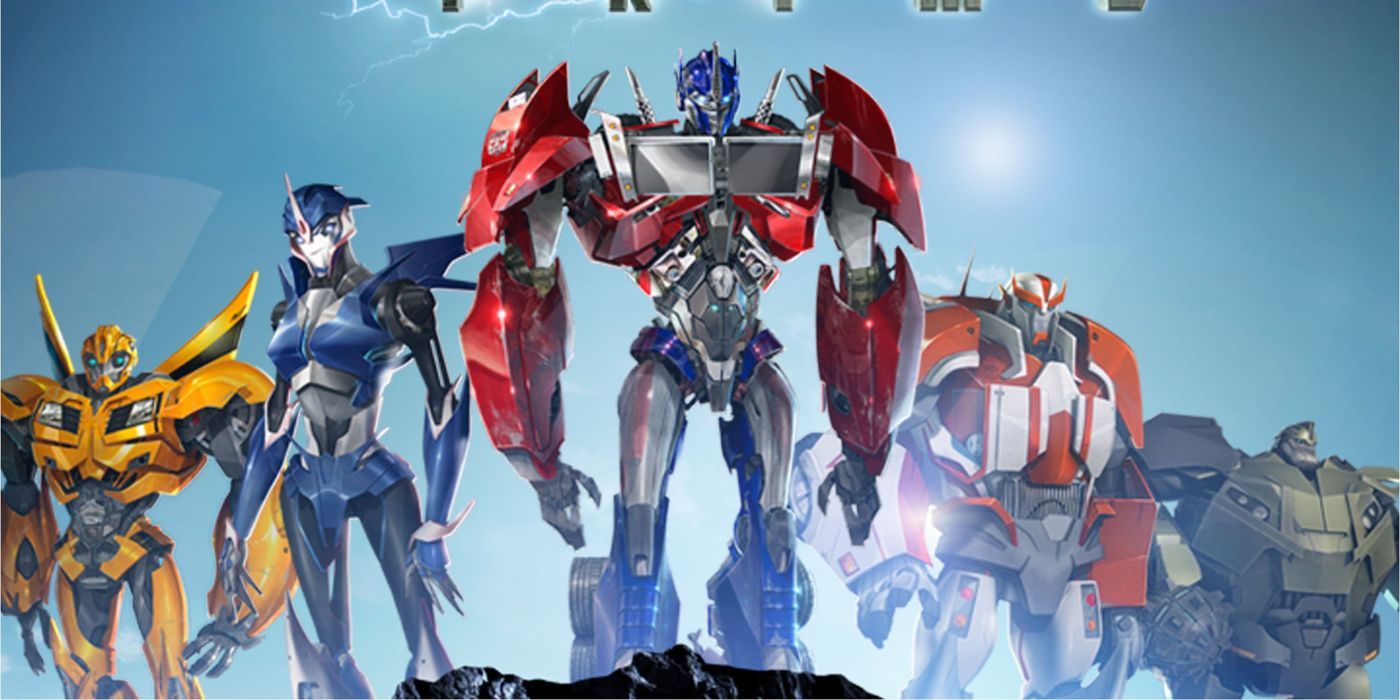Despite being a staple of children's television since 1984, the Transformers franchise has never been one to boast about its quality of animation. The G1 cartoon was notoriously riddled with coloring errors while shows like Transformers: Energon and Transformers: Cybertron have been criticized as stiff.
Despite the complaints lobbied at the series' visual effects, Transformers has always garnered praise for its designs and aesthetic (which makes sense given its origin as a toy line). Oftentimes, an individual show's aesthetic has enough to outweigh the subpar animation, and in the cases where the animation rises above the standards of the day, the combination results in some truly stunning visuals. The following represent the Transformers shows with the best visual effects.
The Transformers
The show that started it all, The Transformers is very much a show of its time in that the purpose of selling toys was prioritized over polished stories and animation. This is most evident during the show's third season when AKOM became the primary animation studio.
Despite the noted technical errors, the G1 cartoon does boast consistent fluidity of movement that puts later shows like Transformers: Armada to shame. More importantly, it contains some of the best-designed characters in the series, and the overall aesthetic has been emulated in other shows.
Robots In Disguise (2001)
The first reboot in the Transformers franchise, Robots In Disguise follows the Autobots as they team up with Koji to save his dad from Megatron and his ravenous Predacons. It's a simple premise, though one that famously led to some uncomfortable action sequences in the wake of 9/11.
Boasting a fairly dynamic cast of characters, Robots in Disguise does a good job of making the Autobots and Predacons feel like they're from the same planet despite their notable visual differences. It's largely down to the way the characters move which, while limited at times, is consistent and lends itself well to the chase sequences.
Super-God Masterforce
The second of three Japanese Transformers cartoons released after the cancelation of G1, Super-God Masterforce takes a fresh start with the franchise and pits the Autobots against Devil Z as he takes control of the Decepticons. Doing away with the old characters, the series focuses on the human Godmasters who drive the Autobots in battle.
Beyond the focus on new storylines and characters, Super-God Masterforce also deviates from previous shows thanks to its style. The series is more influenced by anime than any previous Transformers show, and the look works to elevate the fairly average animation.
Beast Wars
One of the first TV shows to be completely animated using CGI, Beast Wars has often gotten flack for its barren environments and stiff movements, but these sins are forgivable considering how innovative the animation was at the time. Additionally, the complaints made about the CGI only really apply to the first season.
Beginning with season 2, the show got a boost in animation quality that included more dynamic lighting and more textures. This is best evidenced by a scene in "Nemesis Part 1" where Waspinator defects from the Predacons. When watching the scene and others like it, one will find that the latter episodes of Beast Wars stand out for how well the animation holds up.
Beast Machines
Building off of the groundbreaking work of Beast Wars, Beast Machines upped the ante in terms of what could be done with computer animation. It didn't just add more fluidity and nuanced textures, it also managed to get the emotive expression out of characters who lacked any humanlike facial features.
Despite the impressive animation from Mainframe Entertainment, Beast Machines can still be a bit hard on the eyes of modern viewers. This is due to the designs of the Maximals, who have an uncanny valley effect given their human-like faces and peculiar technorganic designs. Beyond this, Beast Machines is a gorgeous show for its time.
Cyberverse
The most comedy-oriented show in the Transformers franchise since Animated, Transformers: Cyberverse is centered on Bumblebee and Wind Blade as they attempt to find the AllSpark and unite Cybertron.
Cyberverse is unique among Transformers TV shows in that it utilizes a cell-shaded look, one which compliments the angular, evergreen character designs. Despite this and the quality of the animation, the series would have looked better had it been hand-drawn.
Animated
Despite the polarizing art style and design choices - courtesy of the late Derrick J. Wyatt - Transformers: Animated boasts some rather stellar animation during its first two seasons. Never before had the Transformers been able to move as they did in Animated, and simplified designs helped enhance the speed and grace of these characters.
As the series progressed, there was notably less movement on-screen and the little detail that was present in the character models was sanded down. Though the series is often docked by fans for this drop in quality, it remains one of the best Transformers TV shows.
Victory
The last of the G1 Japanese trilogy, Transformers: Victory completely does away with all the past characters in favor of an entirely original cast. Here, the Autobots are led by Star Saber while the Decepticons are ruled by Deathsaurus in his conquest to drain the galaxy of energy.
Continuing with the '80s anime aesthetic that had defined Super-God Masterforce, Victory completely improves upon its predecessor's animation. The fights are faster and more adrenaline-fueled, the backgrounds are littered with detail, and the character models shine in almost every frame they appear in. Even against a tight budget, Victory proves that quality visuals are still possible.
Robots In Disguise (2015)
Led by one of the best versions of Bumblebee, Transformers: Robots in Disguise is the sequel to Transformers: Prime and follows the Autobots as they round up escaped Decepticon Criminals. It's a lighter touch for the series and one that's reflected in the art style and animation.
Instead of going for the weathered CG look of Prime, Robots in Disguise has a more cartoon-oriented aesthetic that blends 2D landscapes with 3D models. Though this occasionally lends to a visual disconnect, the combination of hand-drawn animation with computer-generated imagery is often seamless and results in some of the finest action sequences in the franchise.
Transformers: Prime
The first Transformers show since Beast Machines to be entirely animated using CGI, Transformers: Prime easily contains the best visuals in the series. The animation is smooth and fluid, yet it never fails to make the viewer think the Transformers are made of plastic. The characters still have weight, and this lends itself to some of the most dynamic action sequences in the entire franchise.
Complimenting the animation quality is the visual aesthetic. The robot designs are largely inspired by the Michael Bay movies, yet they remove many of the spinning gears and loose metal to give viewers characters that look both robotic and alien. This choice along with the animation works to make Prime's gritty conflict believable.

